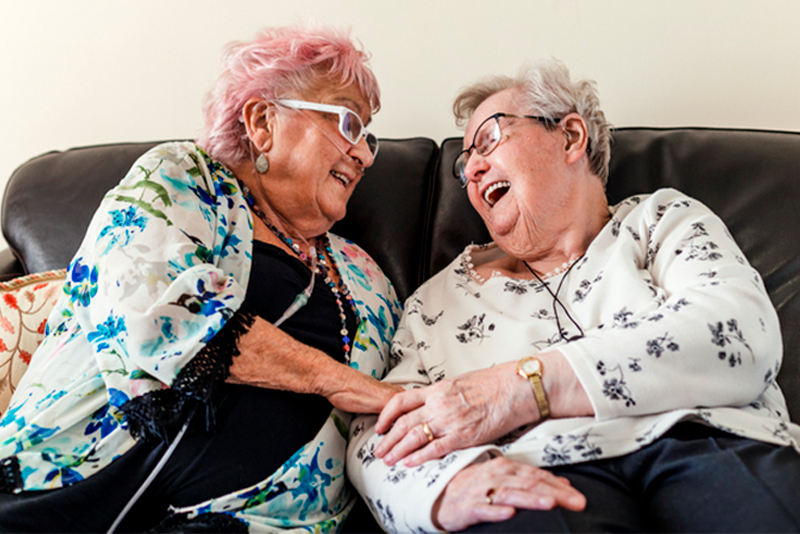
Learn how to manage some of the most common COPD flare-up triggers.
We’ve waited all winter for March! At last, the days are getting longer and now we can start to feel the promise of springtime all around us. For someone with COPD, there’s extra reason to celebrate the seasonal changes. Cold, dry air is among a number of COPD flare-up triggers, and the onset of warmer temperatures is, quite literally, a breath of fresh air.
What Are Some Other COPD Flare-Up Triggers to Watch For?
If someone you love has difficulties with the challenges of COPD, you may be all too accustomed to the tiredness, difficulty breathing, wheezing and coughing that grow to be part of day-to-day life. Controlling these issues so that the person can have the best possible quality of life is important, and it starts with understanding what may cause these symptoms to flare.
In addition to cold temperatures, below are some additional triggers that can aggravate COPD symptoms along with tips to conquer them.
- Hot, humid weather. This can be just as burdensome for a person with COPD to deal with as the cold, dry air. A loved one with COPD should remain inside the house with air conditioning while in the dog days of summer.
- Air pollution. You may automatically think of car exhaust fumes and smog when you think about air pollution, but this includes a number of other irritants as well, such as pollen, dust, pet dander, chemicals in cleaning products or paint, perfume, and mold. An air purifier can help, and the home also needs to be regularly dusted and vacuumed. Someone besides the person with COPD should deal with these tasks, however, such as a caregiver from Anthem Home Care.
- Viruses. Something as simple as the common cold could be extremely risky for a person managing COPD. The best techniques to prevent infection include avoiding crowded areas, wearing a face mask, keeping the house clean, and washing hands frequently.
Smoking. Smoking is an activity everyone should stay away from, but for an individual with COPD, it’s particularly imperative to quit or never pick up this habit. It’s also imperative to stay away from secondhand smoke. If the person with COPD cannot give up smoking, see the doctor for helpful recommendations.
What Are Some Ways to Ease COPD Symptoms?
While staying away from these triggers is a good starting point to make certain a person with COPD can breathe as comfortably as possible, there are also multiple breathing exercises that may be helpful, including:
- Pursed lip breathing. This simple exercise can help people with COPD relax, reduce shortness of breath, and make it easier to breathe. With the mouth closed, breathe in through the nose to a count of two. Purse the lips, as though blowing out a candle or whistling, and breathe out slowly through the mouth while counting to four. Repeat four to five times every day.
- Deep breathing. Deep breathing helps ease shortness of breath by preventing air from becoming caught in the lungs. Stand or sit with the elbows slightly back and chest expanded. Take a deep breath through the nose and hold for a count of five. Breathe out slowly and deeply through the nose until all air has been released. Repeat three to four times per day.
- Diaphragmatic breathing. Strengthen the muscles of the diaphragm and abdomen by lying down or sitting with the shoulders relaxed. Place one hand on the abdomen and the other on the chest. Inhale through the nose for two seconds. Concentrate on moving the stomach more than the chest. Purse the lips and let out your breath slowly while pushing softly on the stomach. Repeat as able.
To get more COPD tips or to find out about how our trained and experienced in-home care providers can help make life better for someone you love, give us a call any time at 361-643-2323. Visit our Service Area page for a full list of the areas where we provide care.
